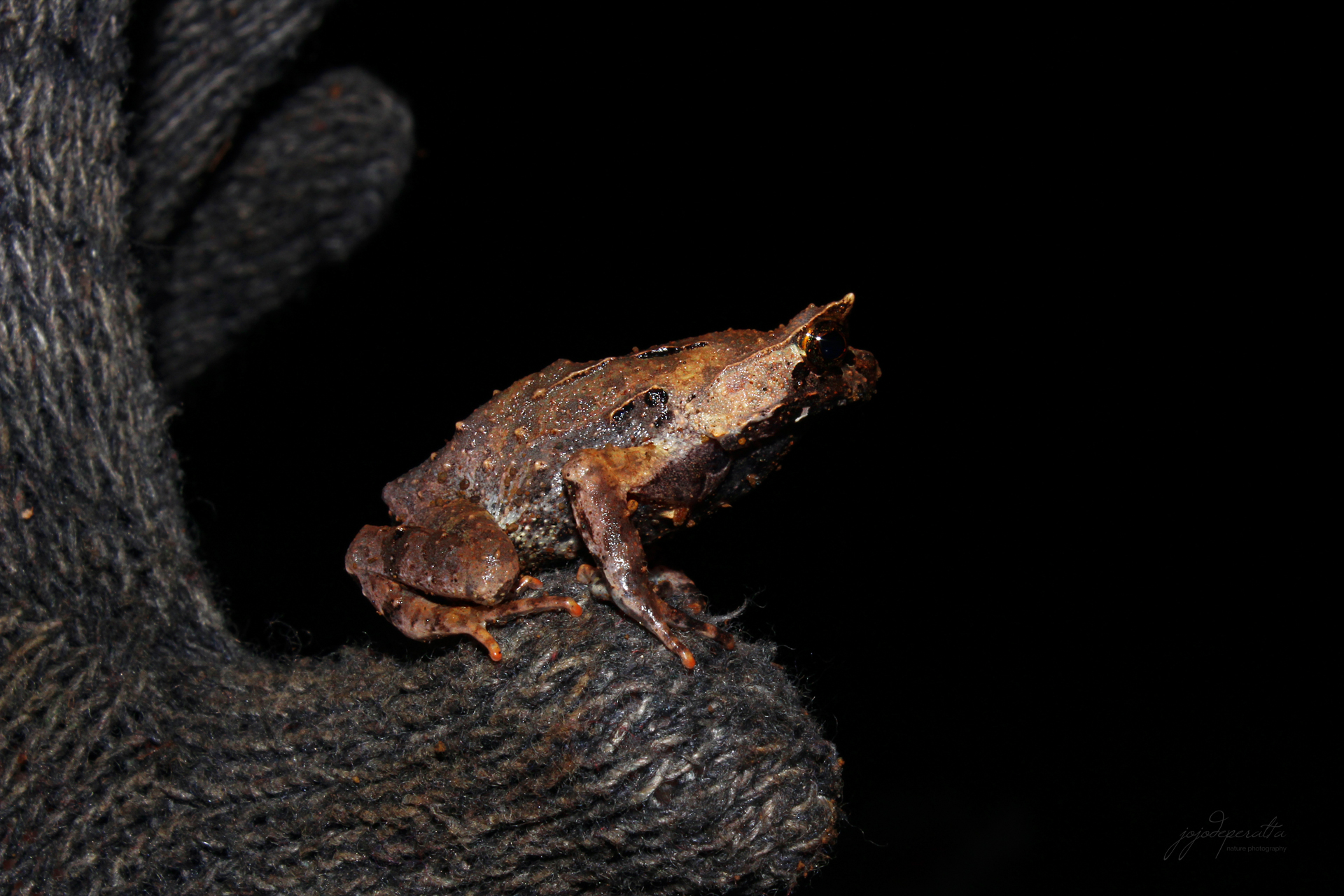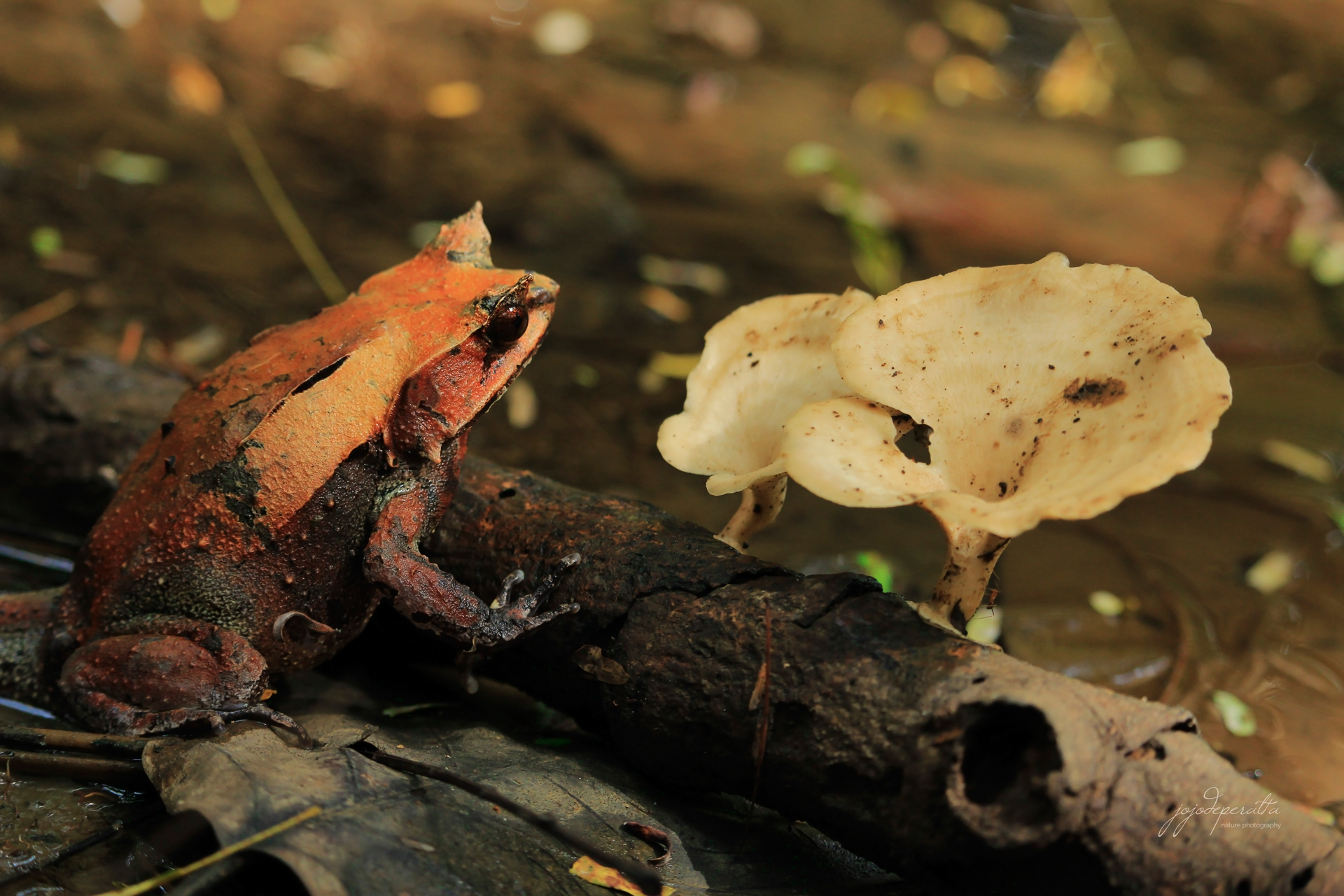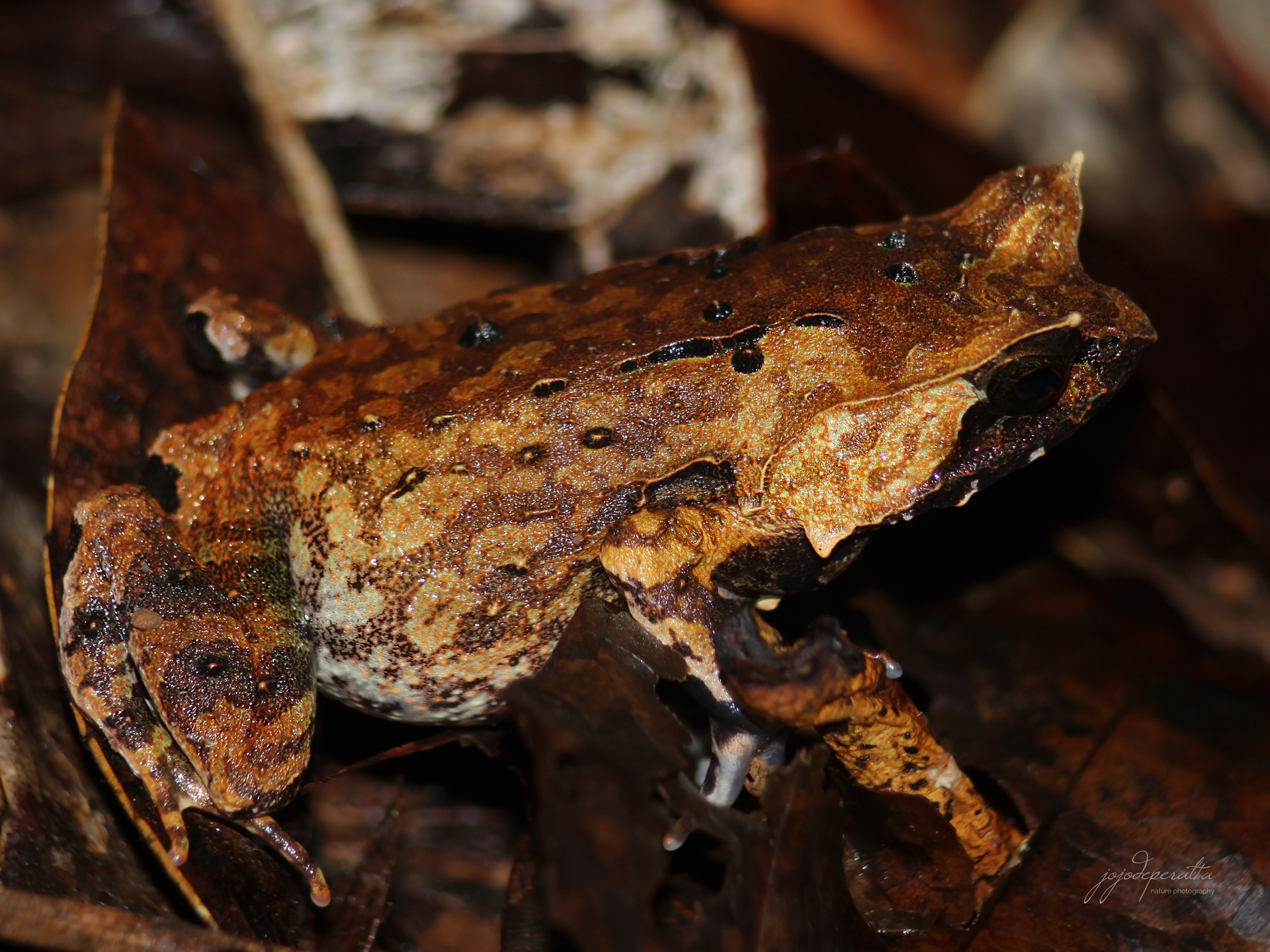Palawan Horned Frog - A cryptic frog endemic to Palawan
 |
| Juvenile Pelobatrachus ligayae. |
 |
| Pelobatrachus ligayae in mossy forest habitat. |
 |
| Pelobatrachus ligayae in wetland habitat. |
 |
| Pelobatrachus ligayae with nice camouflage color. |
 |
| Juvenile Pelobatrachus ligayae. |
 |
| Pelobatrachus ligayae in mossy forest habitat. |
 |
| Pelobatrachus ligayae in wetland habitat. |
 |
| Pelobatrachus ligayae with nice camouflage color. |